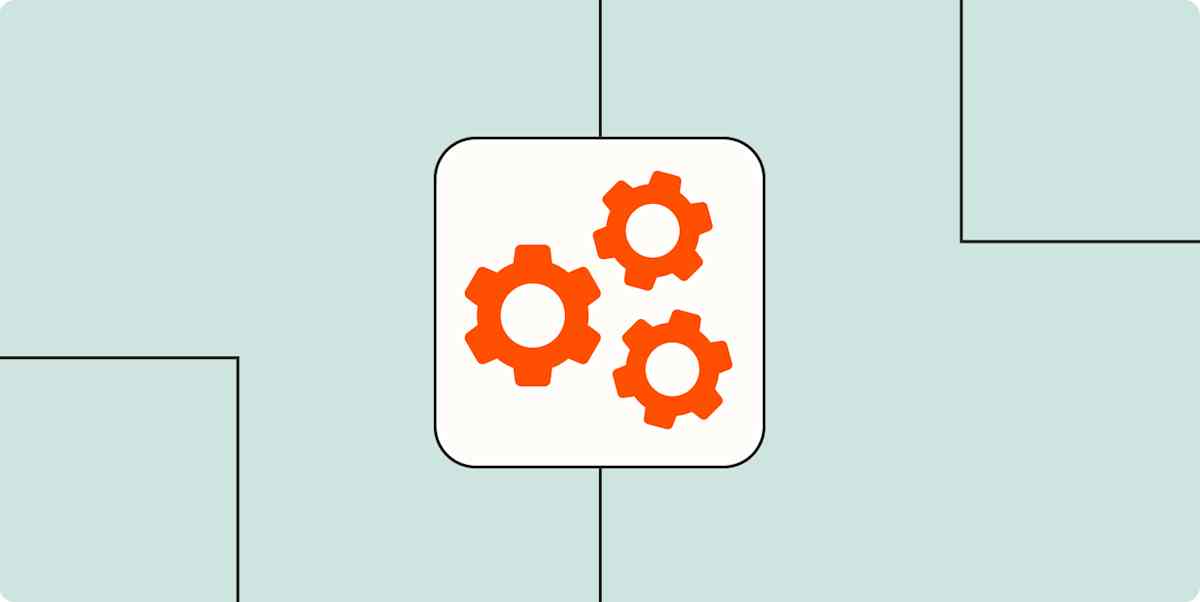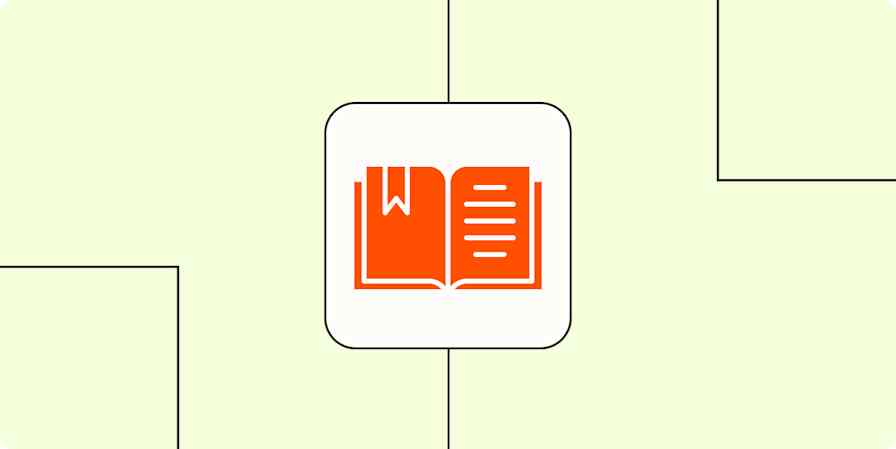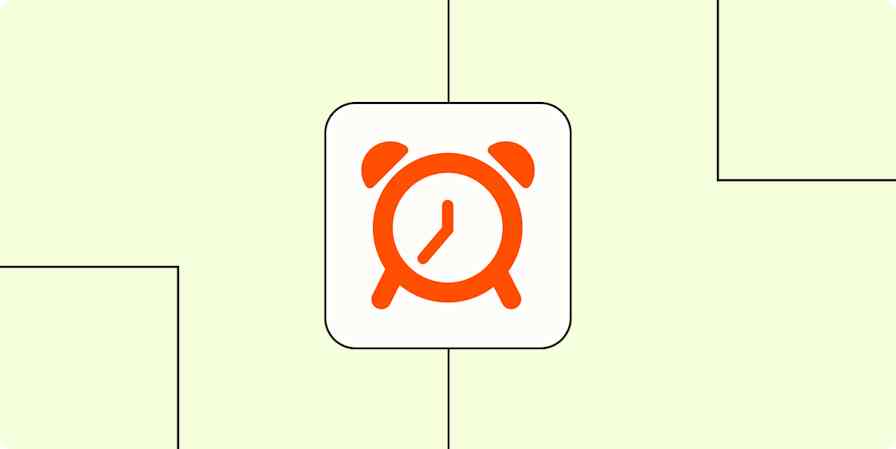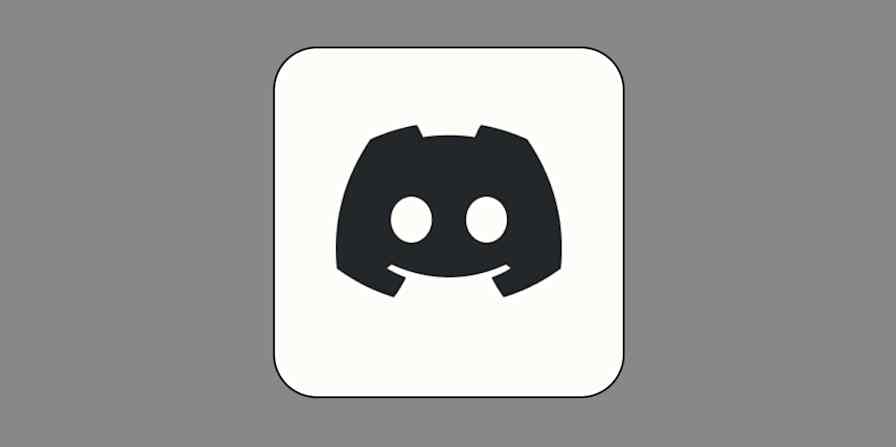I'm writing from the in-between. I'm not doing great, sure, but I'm not doing bad. I'm not staring at the wall blankly, for example, which is something I've recently come to appreciate not doing. I'm sitting here, typing these words—I'm functioning. History suggests that, in a couple of days, I'll be in a pretty good place.
That's been the cycle since March 2020. The past couple of years have been hard on all of us, in different ways. I have a lot of work to do on myself, and I intend to get help and do that work. We all should. But I wager more than a few people reading this article are traveling along their own personal good/in-between/bad spectrum. And because we're living through a real-world disaster, and not a movie disaster, we all need to keep doing our jobs in the meantime.
Since we're all going to be wildly fluctuating on the good/in-between/bad spectrum for the foreseeable future, we might as well plan around it.
Use your good days to plan for the bad ones
When I have an unproductive day, I feel bad about myself. When I have a productive day, I convince myself that every day will be like that from now on. Neither of those reactions is particularly helpful. So I try not to operate that way anymore.
One good day isn't a sign that the bad days are over—but one good day is an opportunity. So now I try to use the good days to set myself up to function better on the bad ones. What does that look like? It's going to depend on your job, of course, but here are a few rough categories:
Planning. Nothing is worse, on a bad day, than having to decide what to do—decision fatigue is real. Planning the week to come on good days gives me a better chance of getting something done on the bad ones, because it means I don't have to make a decision when I'm not feeling up to it.
Outlining and brainstorming. Actual writing, for me, is like operating on autopilot. Thinking of ideas, though? That's hard. If you're similar, consider using your good days to brainstorm or outline your projects, so you can focus on the execution on the bad days.
Writing snippets. I bet a good percentage of the emails and messages you write every day are more-or-less identical. If you set up a snippet manager and spend some time writing snippets ahead of time, you can respond to routine messages with less thought. It's a small thing, but being able to easily respond to a few routine messages on a bad day can really help build momentum for other tasks. Snippets make that easier.
Automating things. Automation is a habit, and a good day is a great time to work on it. Spend your good days building bots, so they can work for you on the bad days. Here are few automation ideas to get you started, and my colleague Krystina even wrote about using automation to fight burnout.
You get the idea: spend your good days setting stuff up, so that things are easier on the bad days. This takes a certain amount of self-awareness: you need to remember, on the good days, that the bad days are probably coming back, then commit to doing the work that will help you get through them.
This isn't going to pull you out of your good/in-between/bad cycle, but using the good days to plan for the bad makes it all a lot easier to keep the momentum going. It's helping me a lot, and I hope it helps you.










